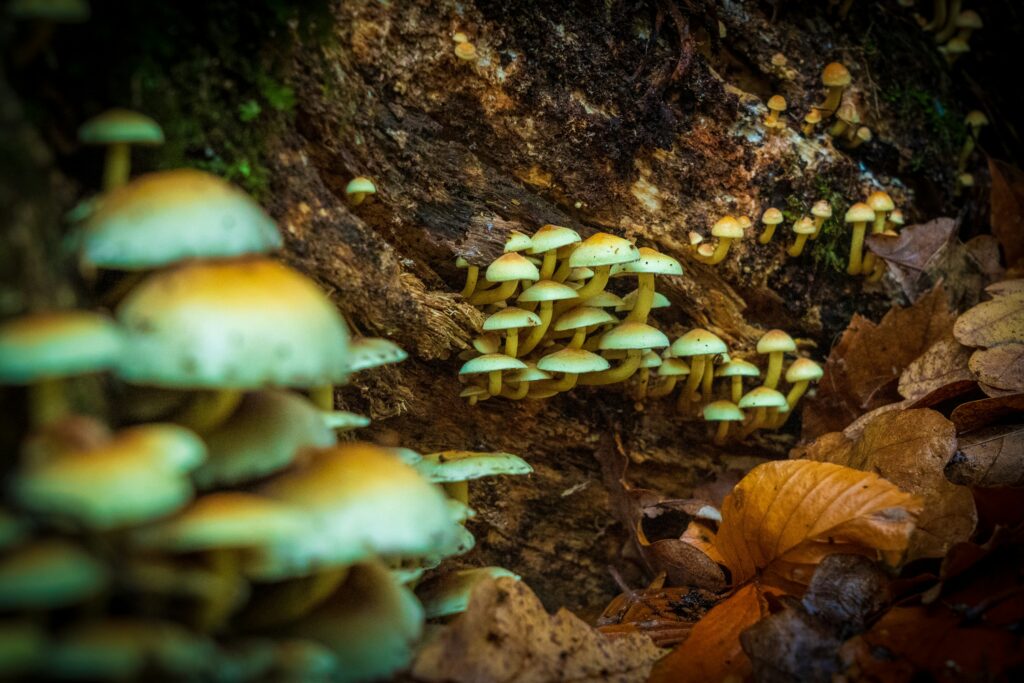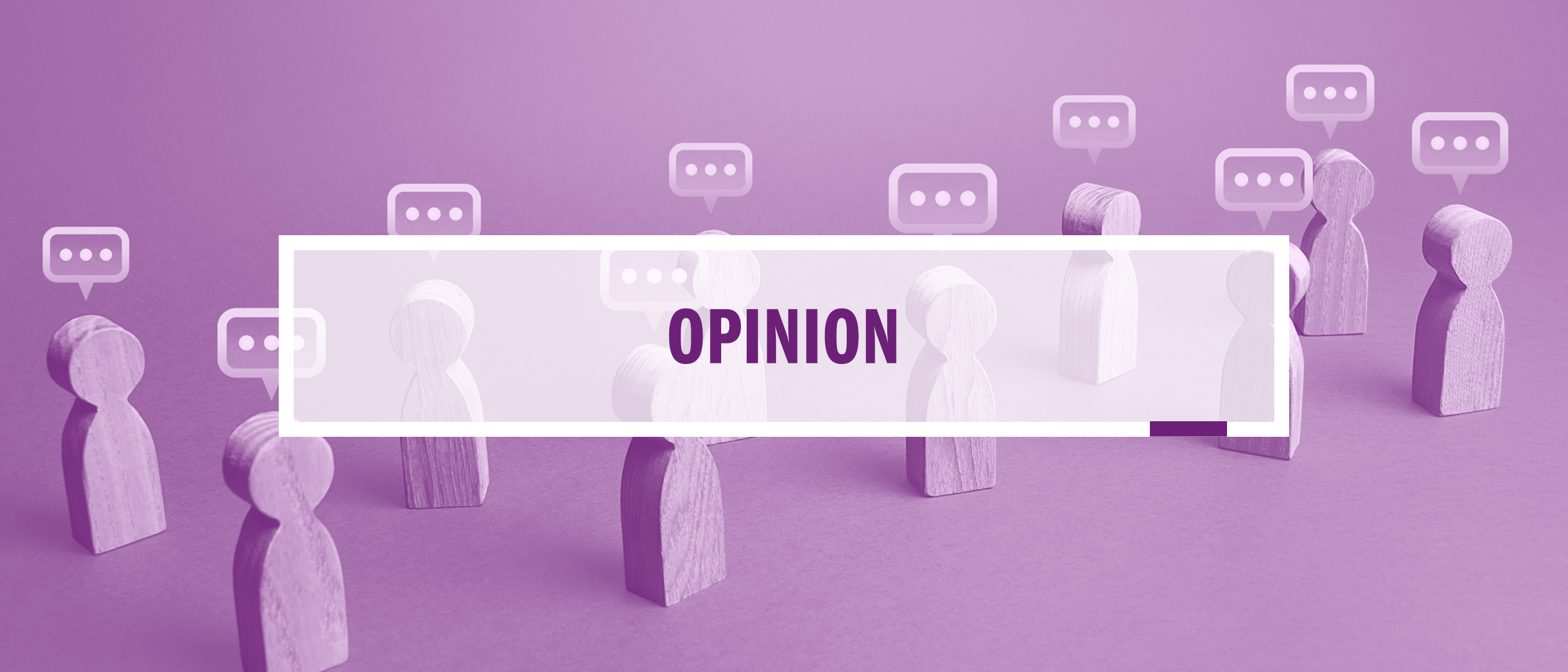News Team member Stephanie Oehler describes how the online "trad-wife" aesthetic fuels the flames of the anti-vaccination movement during the second-largest measles outbreak of the 21st century.
Improving Mental Health with Supervised Administration of Psychedelics
Psychedelics could be the key to treating mental heath disorders. Their history stands in the way.
By Alya Khoury
“I was afraid I was going to lay there, and gnomes were going to come out of the walls and attack me or something like that, right? I was like, am I going to freak out? Am I going to jump off the roof? You know, I’ve battled thoughts of suicide before. I don’t want to freak out. And she said it’s not like that.”
These were the fears that Jake Finn wrestled with when he first considered therapy-assisted psilocybin treatment. Jake returned home carrying the heavy burden of trauma and depression after serving in the medical branch of the US Army for 10 years. Department of Veterans Affairs psychiatrists prescribed a series of medications approved by the United States Food and Drug Administration (FDA) to try to help. None of them worked. Instead, Jake had severe side effects, including a near-stroke episode and emotional numbness. He felt as though “they were just pushing pills,” he recalls. Jake nearly gave up hope, until a doctor suggested something unconventional: psilocybin.
At first, Jake was hesitant. Psilocybin, known as the active compound in “magic mushrooms,” is a Schedule 1 drug under federal law, classified as having no accepted medical use and high potential for abuse. Decades of stigma and misinformation left him unsure. With his doctor’s reassurance, Jake decided to try the treatment under professional supervision.
The results were transformative.
“I was never happier, healthier after that,” Jake says. “It kind of rewired my neuroreceptors. It washed away my desire to drink. It washed away a lot of different stuff that was that was happening,”
Traditional pharmaceuticals, while helpful for many, have left substantial gaps, particularly for those suffering from treatment-resistant conditions. For these patients, emerging evidence suggests that psychedelics like psilocybin could fill those gaps, yet acceptance remains low.

The possible promise of psychedelics
As of 2024, around 300 million people worldwide struggle with Major Depression Disorder. This mental illness causes a constant feeling of sadness and a lack of motivation. It is more than a day off; it changes the behavior and lifestyle of affected people. The current treatment options include different antidepressants, such as Selective Serotonin Reuptake Inhibitors (SSRIs), and Serotonin Norepinephrine Reuptake Inhibitors (SNRIs), as well as Cognitive Behavioral Therapy. Often, people must undergo multiple changes in dose and specific medication. Sometimes these changes help. Sometimes, they don’t.
Jake’s story highlights a common challenge in mental health care.
Psilocybin works by increasing brain plasticity, enabling the brain to form new connections and helping individuals break patterns of thought and behavior. This induced flexibility could help patients, like Jake Finn, who are stuck in severe mental health crises.
In 2020, a study by Johns Hopkins University found that psilocybin-assisted therapy reduced symptoms of major depression disorder in 71% of their participants. This transformative potential exists in other mental illnesses too. Researchers have also studied psilocybin’s efficacy in reducing nicotine addiction, relieving anxiety in patients with fataldiagnoses, and reducing the symptoms of PTSD.
Another study published in the New England Journal of Medicine compared psilocybin’s efficacy against the FDA-approved antidepressant, escitalopram. The results showed that, on statistical level, psilocybin had equal antidepressant properties as escitalopram. They even noticed a general preference among the participants for the psychedelic treatment option.
Despite these promising results, psilocybin’s path from research labs to mainstream treatment has been slow. The primary barrier is not a lack of scientific data – it’s outdated social stigma.
The shadow of social judgment
Psilocybin’s reputation is overshadowed by its association with the countercultural movement of the 1960s. During this era, psychedelics became symbols of rebellion against social norms. Members of the movement used drugs like magic mushrooms, LSD, ketamine, heroin, cocaine, and cannabis recreationally. This unregulated use fueled public fears, leading to the Controlled Substances Act of 1970. This classified most other drugs than alcohol and tobacco as illegal, effectively stalling psychedelic research as a medical tool for decades.
Dr. Gila Ackerman explains the ripple effects of this policy. “I’m a doctor, right? I have a license,” the Colorado-based psychiatrist says. “I’m not going to practice something illegal. I’d get my license taken away.”
In a 2021 survey published in the Journal of Psychoactive Drugs, 366 clinical psychiatrists were asked about their opinions on psilocybin. Only 17% voiced concerns about its safety, compared to the 80% that expressed curiosity about advancing research into this therapy. Yet, many practitioners remain hesitant and are “just waiting for it to be legal”, as Dr. Ackerman observed at a recent national psychiatry conference.
The patient’s perspective is also crucial for understanding the possibilities of this treatment. A qualitative study in Nature asked patients with treatment-resistant depression about their experience with psilocybin therapy. Many expressed initial fears about navigating the experience. After their treatment, nearly all reported feeling hopeful, but the participants desired a more standardized and guided set-up.
These patient concerns further emphasize a crucial issue in psychedelic research: the need to educate both the public and policymakers about the distinction between recreational misuse and medically supervised therapeutic use.
Planning the future experience
Modern psilocybin therapy researchers are working towards designing every step of the process—from dose to environment—to ensure safety and effectiveness, in contrast to the freewheeling experimentation of the 1960s.
For example, patients undergo meticulous preparation before treatment at Emory University’s Center for Psychedelics and Spirituality. Prior to administering psilocybin, the patients openly share their fears and concerns with specialists and therapists. Then, once they are comfortable, the patient is accompanied to a room in the center, decorated with pictures of nature, a bed, and two chairs. In these chairs are the specialists who will remain with the patient through their entire experience, addressing any potential complications, and guiding them. The patient is accompanied home only once they are cleared by the doctors after the experience ends.
This effort, shared by many other institutions invested in psychedelic research, is working to both educate the public and demystify the misguided reputation of psilocybin.
As public awareness and studies grow, so too does momentum for policy change. In 2020, Oregon became the first state to legalize psilocybin for therapeutic use, and slowly other states are flowing in the same path. For advocates like Jake Finn, who is working with the psychedelic community of doctors and veterans to advocate for veteran access to psychedelic therapy, these legal changes are crucial in providing patients with the care they need. For doctors, like Dr. Gila Ackerman, and other psychiatrists, these legal changes open the door to better helping their patients and more personalized medical care opportunities.
Scientists estimate that between 4.7 million to 6.6 million Americans could benefit from psilocybin-assisted therapy.
Change must come from a federal and personal level to unlock this potential and help millions of patients. We must foster conversations that prioritize education over fear. Many people today remain shackled by the outdated narratives that overshadow the therapeutic properties of substances like psilocybin. By supporting robust research, policy reforms, and public awareness, we can dismantle the stigma and pave the way for innovative therapies that could transform countless lives.

